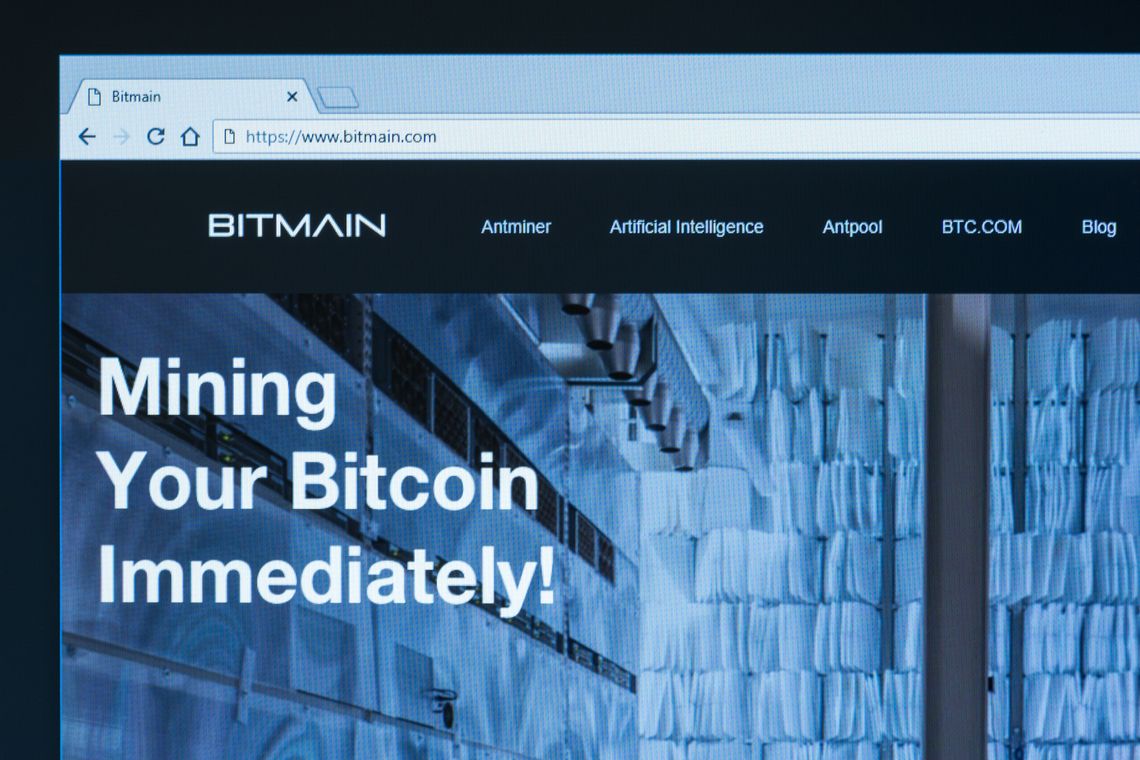On December 29, 2018, Vin Armani called Proof of Work ‘an artifact.’ He stated that it answers the ‘spiritual’ question of “What gives something value?” but fails to answer important technical questions. Lastly, he uses the words of Jesus and his own parable about ‘Incentivizing Bitcoin Mass Adoption’ to attack Bitcoin, Proof of Work, and Bitcoin miners.
Understanding Vin Armani
To begin, Vin Armani may not be the most trustworthy source of information.
SponsoredIn an earlier tweet, he stated that $120,000 of seed money was given by Y Combinator (YC) investors for 7% equity in Coinbase. Coinbase, however, received the seed money in 2012 when YC typically invested only $17,000 with $80,000 placed in a safe to be retrieved after the next money earned. $120,000 became the typical seed investment in 2014, two years later. It appears as Armani may have been using inaccurate quantitative data to make his point.
However, Armani is not citing quantitative data here. While his numbers may have been off, his comments about Proof of Work, Bitcoin, and the implied miners are qualitative, not quantitative. There may be wisdom hidden within Armani’s words if one is willing to interpret them.
Visa and Bitcoin
On December 30, Armani tweeted his parable of ‘Incentivizing Bitcoin Mass Adoption,’
Incentivizing Bitcoin Mass Adoption
Q. Who has the greatest incentive to convince you to use Visa?
A. Visa
Why? Because every time you use Visa, Visa makes money.
Those who will be the catalyst for Bitcoin mass adoption will be those who get paid every time you use Bitcoin.
— Cyprian (formerly Vin Armani) (@cyprianous) December 30, 2018
He does not tell his followers who get paid everytime someone uses Bitcoin. However, there is one group of people that easily fall into this category: the Bitcoin miners who confirm transactions as a part of the blockchain. It appears as if Bitcoin miners are Armani’s target.
Sponsored SponsoredUsing Jesus to Attack Bitcoin
The “Render unto Caesar” parable Armani mentions can be found in Mark 12:13-17. It’s not technically a parable but is a teaching given to the Pharisees and Herodians, who ask Jesus if they should back their taxes to Caesar. Jesus asks whose inscription is on the coins they use to pay these taxes. They reply that it is Caesar’s image, so Jesus tells them “Give to Caesar what is Caesar’s, and to God what is God’s.”
The spiritual meaning of this teaching is less relevant than the practical point Armani seems to be making. Bitcoin miners, who profit off of the usage of Bitcoin, are seemingly meant to symbolize Caesar. In order to use the ‘money’ Bitcoin produces, Bitcoin miners must mine the transactions onto the blockchain and are, in exchange for their services, rewarded with Bitcoin. Of course, mining Bitcoin is different from paying taxes in the Roman Empire, but that does not seem to be the point.
Armani seems to be arguing that just as Caesar profited off the use of his currency and Visa profits off the use of its currency-based products, Bitcoin miners profit off the use of Bitcoin. It is for this reason that Bitcoin miners would be likely to catalyze the mass adoption of Bitcoin.
The Bigger Problem of Centralization
The theory of Bitcoin when introduced by Satoshi Nakamoto was that decentralized cryptocurrencies using Proof of Work would free the users of those currencies from the centralized authority of third-party financial institutions.
Bitcoin miners are not financial institutions, they are a third-party which appear like a centralized authority over Bitcoin. While the peer-to-peer Bitcoin network includes the buyer and seller, the miners are a third-party which are required to confirm buyer-to-seller transactions. Without them, transactions cannot take place.
Miners are not alone. Another third-party whose influence is now being felt in the cryptocurrency market are the Application-Specific Integrated Circuit (ASIC) manufacturers. ASIC chips are the hardware which makes large-scale mining possible. As Bitmain and other manufacturers face economic woes, workers have been laid off, there has been a decrease in the production of ASICs, and rumors of executives stepping down are beginning to surface. These activities could slow the rate at which Bitcoin transactions take place.
Conclusion
Proof of Work seems to be creating the very problems it set out to rectify.
Instead of displacing centralization of authority by third-parties, Proof of Work has created third-parties in which authority may be centralized. Miners and ASIC manufacturers now appear as third-parties who together make the Bitcoin network work. The users are just users; their authority is just as limited as the authority of the Pharisees was limited compared to Caesar or Visa users compared to Visa.
Do you think there is any hope for Proof of Work or will 2019 be the year other consensus algorithms begin to display their dominance?
The "Render Unto Caesar" parable from the gospels is about Proof of Work. https://t.co/MxYfeCSHLy
— Cyprian (formerly Vin Armani) (@cyprianous) December 29, 2018



